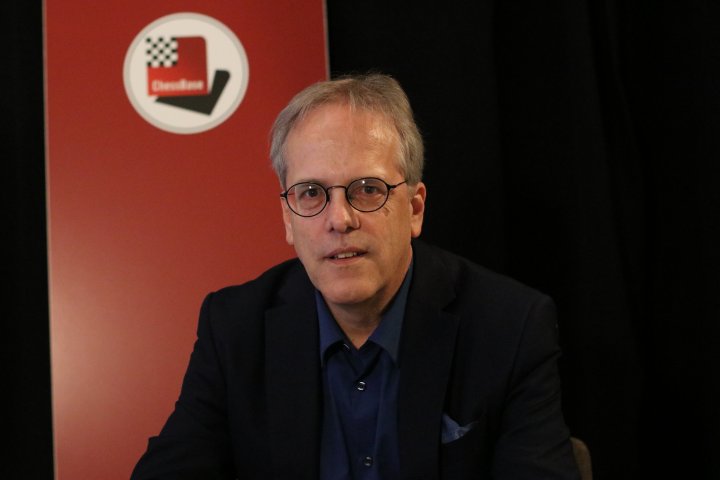After Bobby Fischer became World Champion in 1972, the eccentric American retired from tournament chess and became a recluse. He occasionally made headlines, but mostly for reasons other than chess. Rumours circulated that he had joined a sect in the United States.
In 1975 he refused to defend his title against new challenger Anatoly Karpov.
Fischer claimed that the rules needed to be changed and demanded a return to the format used in the very first World Chess Championship match between Wilhelm Steinitz and Johannes Zukertort in 1886, where the winner was the first player to score 10 wins, with draws not counting. In the event of a 9-9 draw, the champion would retain the title and the prize money would be divided equally.
At the FIDE Congress during the Nice Chess Olympiad in 1974, the delegates voted in favour of Fischer's 10-win proposal, but rejected the 9-9 clause and wanted to limit the match to a maximum time. Fischer refused to agree to these demands and did not defend his title, making Karpov the first world champion in the history of the game to win the title by forfeit.
Feeling the need to prove himself, Karpov became a very active World Champion - we will talk about this later.
Although Fischer no longer played, he made recommendations for the design of a digital clock, which would allow playing with increments, thus reducing the number of mistakes in endgames. Fischer also suggested shuffling the pieces in the starting position, a variant of chess that later became known as "Fischer Random Chess" or Chess960.
After Fischer had not played tournament chess for twenty years, there were rumours that a Serbian banker was interested in organising a match between Spassky and Fischer. Fischer, who needed money after donating much of his fortune to the sect he had joined, agreed to play Spassky. The match finally took place in 1972 on the Serbian island of Sveti Stefan and in Belgrade.
By 1992, however, the civil war in Yugoslavia was still raging and the United States and most Western European countries had imposed a boycott on Serbia. The FBI told Fischer that playing in Serbia would violate these sanctions and that he would risk arrest in the US if he went ahead with the match.
Fischer ignored the threat and tore up the FBI's letter on television. A warrant was issued for his arrest, and Fischer went into hiding after the match, which increased his paranoia. Previously he had suspected everyone of working for the KGB, now he was afraid of the FBI.
But Fischer won the match against Spassky, played in the mode he had suggested for the match against Karpov, 17½ - 12½. However, Spassky was no longer the player he had been; his rating had dropped to 2560 and he was considerably weaker than in 1972, although Fischer had retained his 1972 rating of 2785.
But the fourth or fifth ranked player in the world at the time, Michael Adams of Britain, still had great admiration for Fischer's play. The first game of the match was particularly impressive.
After the match, Fischer went into hiding again and only occasionally resurfaced, mainly to go public with anti-Semitic rants. He was eventually arrested in Japan and faced extradition to the US, where he would have faced a lengthy prison sentence. But Iceland, still grateful for the attention he had brought to the country in 1972, came to his aid and gave Fischer Icelandic citizenship. And because Iceland and the US had no extradition treaty, Fischer was able to spend the last years of his life in Iceland.
But he never overcame his paranoia, and by not seeking medical help in time, he succumbed to a treatable illness and died at the age of 64.
Fischer was buried in Iceland, the country where he achieved the greatest success of his life in 1972, but perhaps also where his downfall began...
In the first game of the 1992 match, Fischer impressed by outplaying Spassky in a closed Ruy Lopez. The analogy with a famous game won by Karpov against Unzicker in 1974 is striking.
The diagram below shows a position from the first Fischer-Spassky game of their 1992 match. Which plan gave White a big advantage?


